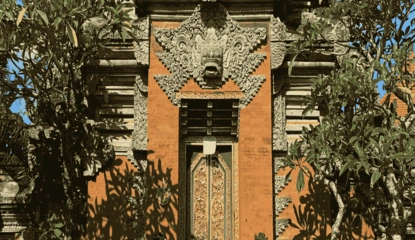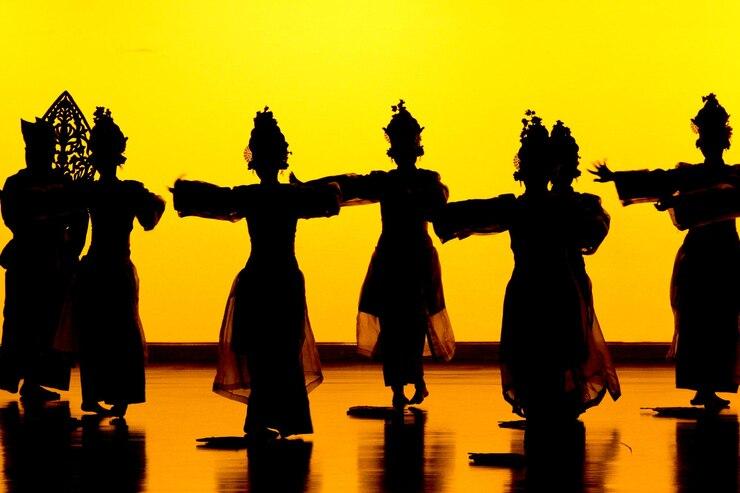Tari Sekapur Sirih is a traditional dance originating from the province of Jambi, Indonesia. This dance carries deep symbolic meaning, especially in welcoming guests or honored individuals. The name "Sekapur Sirih" refers to the Jambi tradition of offering sirih (betel leaves) to guests as a gesture of respect. This dance is usually performed during traditional ceremonies, celebrations, and official events as a meaningful form of welcome.
Distinctive Features
Tari Sekapur Sirih is characterized by soft, graceful movements full of symbolism. The main movements in this dance represent respect, hospitality, and kindness. The dancers make slow, deliberate movements with their hands extended forward, symbolizing the offering of betel leaves to guests as a sign of honor. The choreography is highly coordinated, with the dancers usually arranged in rows or groups. The dance emphasizes the harmony between body movements, hand gestures, and facial expressions, showing sincerity and warmth.
Costume
- Women: Female dancers wear baju kurung or kebaya paired with brightly colored songket fabric, decorated with traditional accessories like necklaces and bracelets. They also wear a shawl or long cloth draped over the shoulder.
- Men: Male dancers wear traditional Malay attire, including baju kurung, sarong, and a traditional headband. This attire symbolizes respect and grace.
Musical Accompaniment
Tari Sekapur Sirih is accompanied by traditional Malay instruments such as gendang (drums), serunai (flute), and gambus (string instrument). The gentle and calm rhythm of the music complements the graceful dance movements, creating an atmosphere full of respect and honor. The music also enhances the formal and serious tone of the dance.
Philosophical Meaning
- Respect: The movement of offering betel leaves symbolizes respect and appreciation for guests or honored individuals.
- Hospitality: The dance reflects the friendly and welcoming nature that is characteristic of the Malay community in Jambi.
- Harmony: The well-coordinated movements represent the importance of harmony and balance in social life.
The Role of Tari Sekapur Sirih in Jambi Society
- As a Welcome: Tari Sekapur Sirih is performed to welcome guests or important individuals at traditional events or celebrations.
- Cultural Preservation: This dance serves to preserve the Malay culture of Jambi and introduce younger generations to their cultural heritage.
- Symbol of Honor: As a symbol of respect, this dance is used in official events or ceremonies involving honored guests.
- Social Education: Through this dance, the community teaches values of hospitality, politeness, and respect for others.
Uniqueness of Tari Sekapur Sirih
The uniqueness of Tari Sekapur Sirih lies in its soft and meaningful movements, as well as its use in welcoming guests with honor. The orderly movements and simple yet elegant choreography make this dance distinctive and full of meaning in Jambi's culture. The calm and respectful music also adds to the uniqueness of this dance, making it a captivating and beautiful symbol of Jambi's cultural heritage.









